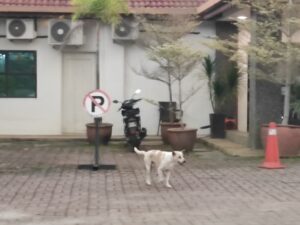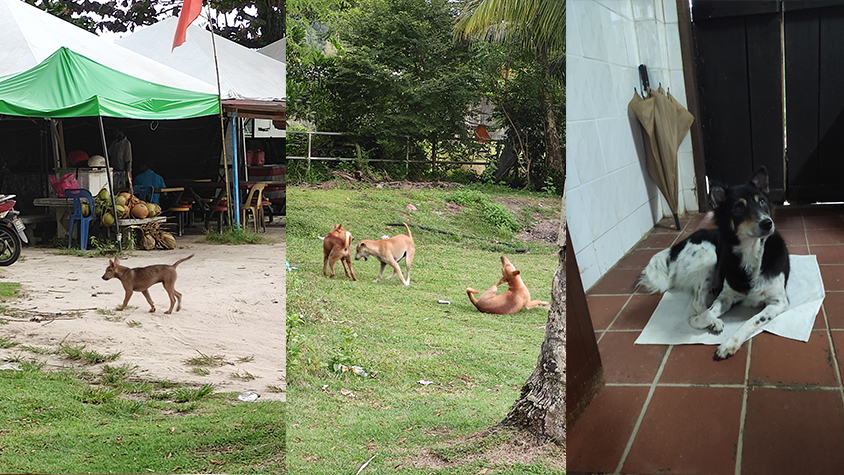A very common quote attributed to Mahatma Gandhi states: “The greatness of a nation and its moral progress can be judged by the way its animals are treated”.
When we decide to travel abroad, we should spend some time searching for information on how animals are treated in that specific country and then decide accordingly our destination. In alternative when we start a journey, we should pay attention to what surrounds us and which are the conditions of animals in the countries we tour and try to raise awareness on certain situations.
Arianna a very sweet girl and OIPA supporter, who has started a journey with two fellow travellers in Southeast Asia a month ago, has decided to share a page of her travel journal narrating us what she has noticed.
We are pleased to publish the brief report written by Arianna Mantovani…
🖊📘 A month ago we left for Malaysia to start our journey in Southeast Asia. We travelled far and wide Kuala Lumpur, Cameron Highlands, the touristic George Town and finally…the beautiful island of Langkawi.
Langkawi is a pearl in the middle of the sea. Parts of wild nature, where you can visit the Unesco Geoforest Park in the middle of the mangroves and see beautiful animals in their natural habitat and small villages mainly on the coasts that lead to Kuah, the capital.
In the capital Kuala Lumpur we have not encountered many abandoned animals to be honest, unlike in the Cameron Highlands and in Langkawi.
I would like to tell you about Sammy, a little dog we met on this Malaysian island. She is one of the “lucky” few who has a home here. I say lucky in quotation marks because yes, she has a home and someone who at least feeds her but affection is what she lacks. With those big eyes of hers and that slender little body she entered our hearts shortly after meeting her.
You must know that here the dogs that have this luck, if you can call it that, they have room and food practically but if something happens to them they are rarely taken to the vet. Sammy is about 10 years old (here they don’t know the exact age because they are all dogs taken from the street). She is thin, even though we fed her and welcomed her into the house during our stay. It has ticks and most likely fleas or whatever.
 Fleki is another dog that we got to know up close. Shy with people, we discovered that he doesn’t let himself be approached easily as his brothers were poisoned and he too risked not making it. Luckily, he met a kind hearted person who helped and saved him. The last 4 days of stay, he started to trust and we even managed to cuddle him a bit. Also, full of ticks but with an alleged dislocation of the right hip. He was most likely run over or hit by one of the thousand scooters that run smoothly around the island.
Fleki is another dog that we got to know up close. Shy with people, we discovered that he doesn’t let himself be approached easily as his brothers were poisoned and he too risked not making it. Luckily, he met a kind hearted person who helped and saved him. The last 4 days of stay, he started to trust and we even managed to cuddle him a bit. Also, full of ticks but with an alleged dislocation of the right hip. He was most likely run over or hit by one of the thousand scooters that run smoothly around the island.
I told you about them because, although we feel like saying: “poor dogs, how do they live like this?”. Well, it worked out well for them. Not far from where we stay every evening at sunset you can hear an incessant barking mixed with whines and howls. Do you know who are they? Some poor dogs that you can meet around during the day, difficult to photograph though, kept in a clearing in the middle of the forest. Go hungry. Used for boar hunting. Freed only in the evening to do their job.
Unfortunately, since we left we would have seen a dog only on a leash with a master. All the others met were on the street. Mothers who had just given birth and had puppies hidden somewhere, puppies looking for food near restaurants, others who risk being run over every 2×3 and unfortunately others who can’t make it.










